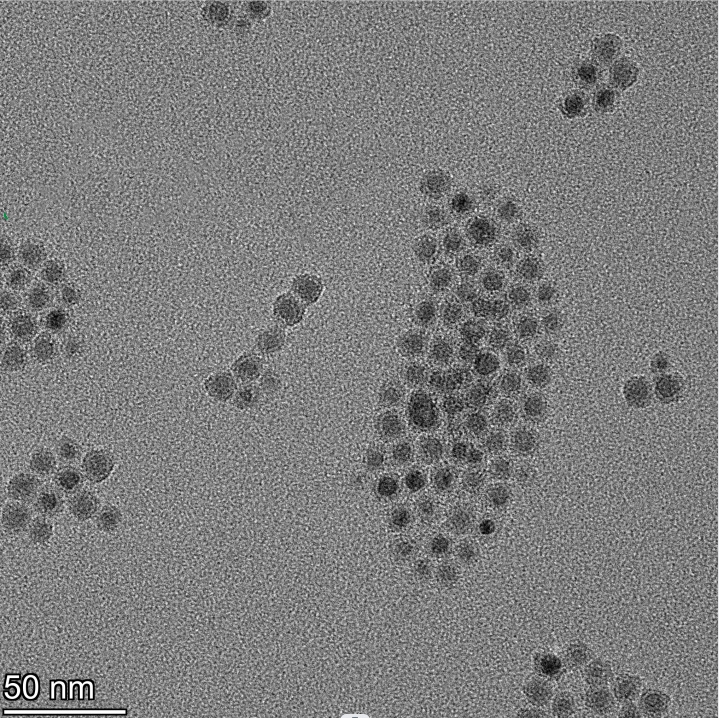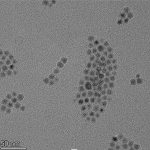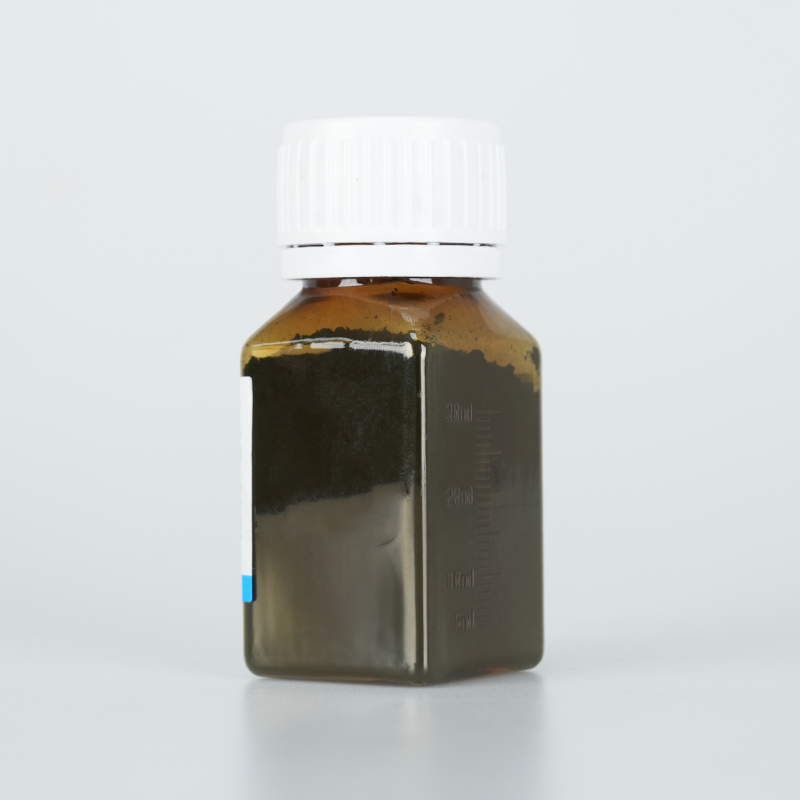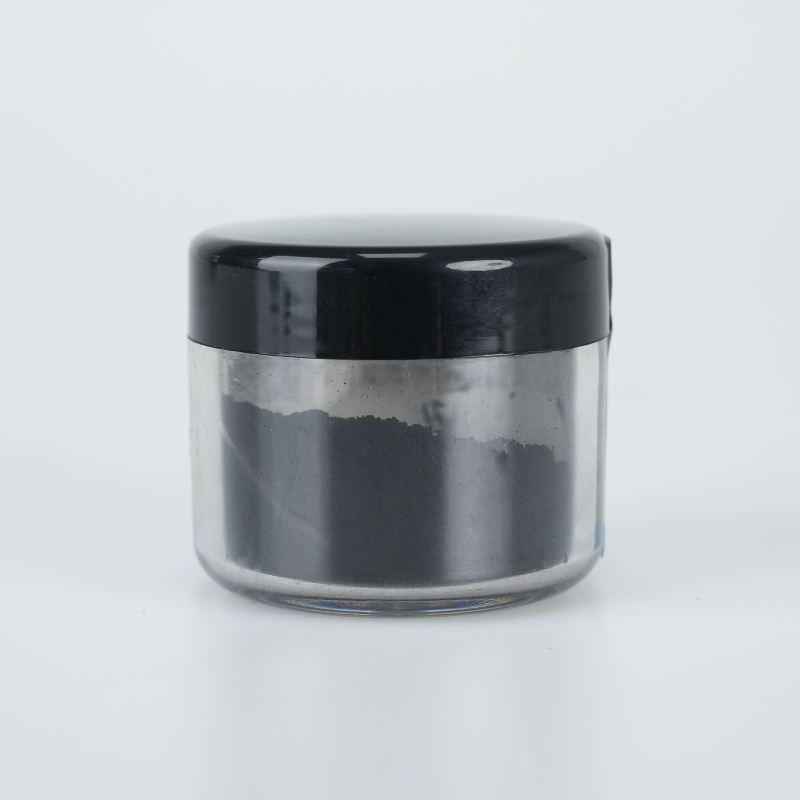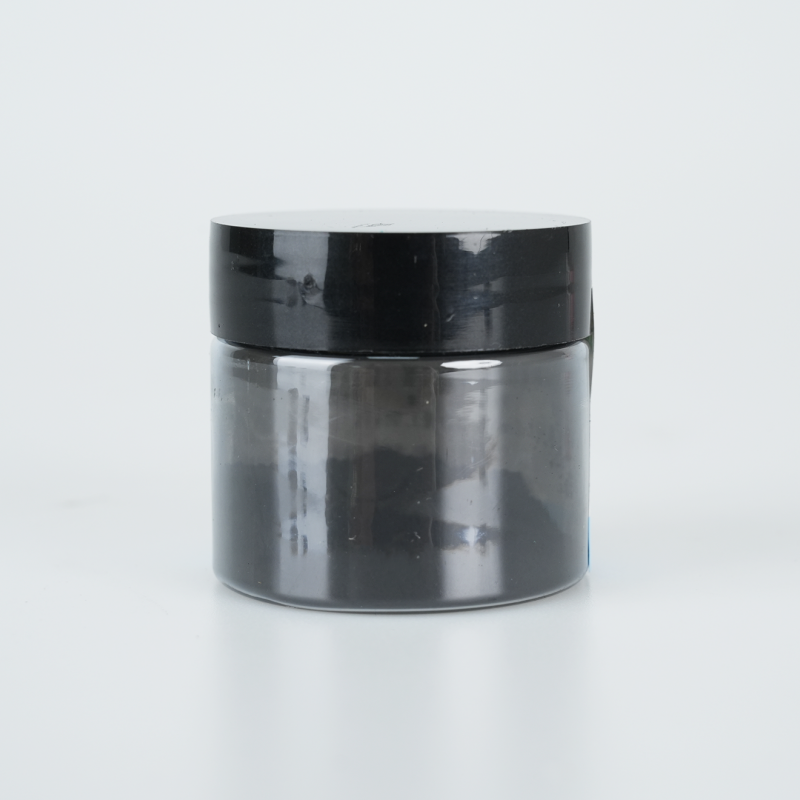PEGylated ultra-small Fe₃O₄ nanoparticles synthesized via high-temperature pyrolysis provide optimized biocompatibility, superior magnetic responsiveness, and enhanced colloidal stability. Designed for advanced biomedical applications, they ensure efficient targeting, extended circulation, and high-performance adaptability.
Product Overview
PEGylated ultra-small Fe₃O₄ nanoparticles (synthesized via high-temperature pyrolysis) are iron oxide nanoparticles with an extremely small size (<10 nm), surface-modified with polyethylene glycol (PEG). The PEGylation process enhances their stability, biocompatibility, and circulation time within the biological system, while minimizing non-specific interactions. These nanoparticles exhibit superparamagnetism, making them ideal for magnetic resonance imaging (MRI), magnetic hyperthermia (MHT), drug delivery systems, and multimodal imaging applications.
Key Features
- Ultra-Small Size: The particle diameter typically ranges from 5-10 nm, improving diffusion capacity and cellular uptake efficiency within the body.
- PEGylation: The PEG surface modification enhances nanoparticle stability, biocompatibility, and reduces non-specific interactions with biomolecules.
- Synthesis by High-Temperature Pyrolysis: The high-temperature pyrolysis method ensures uniform particle size and excellent crystallinity, which are critical for biomedical applications.
- Superparamagnetism: These nanoparticles exhibit superparamagnetic properties, making them suitable for MRI and MHT.
- High Biocompatibility: PEG modification improves the compatibility of nanoparticles within biological systems, reducing immune responses and toxicity.
- Extended Circulation Time: PEGylation prolongs the nanoparticles' circulation time in the bloodstream, enhancing targeting and accumulation at diseased sites.
Applications
- Magnetic Resonance Imaging (MRI): Fe₃O₄ nanoparticles serve as T2 MRI contrast agents, reducing proton relaxation time to improve image clarity. PEGylation enhances their biocompatibility and tumor-targeting capability, boosting MRI signal strength.
- Magnetic Hyperthermia (MHT): Fe₃O₄ nanoparticles generate localized heat under an alternating magnetic field, making them useful for tumor treatment. PEG modification increases their accumulation in tumors, enhancing therapeutic effects.
- Drug Delivery Systems: PEGylated Fe₃O₄ nanoparticles act as drug carriers, utilizing the EPR effect for accumulation in tumor tissue, improving targeted drug delivery efficiency.
- Multimodal Imaging and Tumor Synergistic Therapy: PEGylated Fe₃O₄ nanoparticles and their derived composite materials show significant potential in multimodal imaging and tumor synergistic therapy, with enhanced biocompatibility and targeting via surface modifications.
| Technical Parameter | Description |
| Form | Brown solution |
| Main Components | PEG-modified ultra-small magnetite nanoparticles, ultrapure water |
| Particle Diameter | <10 nm (TEM) |
| Modifying Groups | Methoxy, Hydroxyl, Carboxyl, Amino (optional) |
| Notes | Due to the small particle size, these magnetite nanoparticles cannot be attracted by magnets. |
 new material
new material

